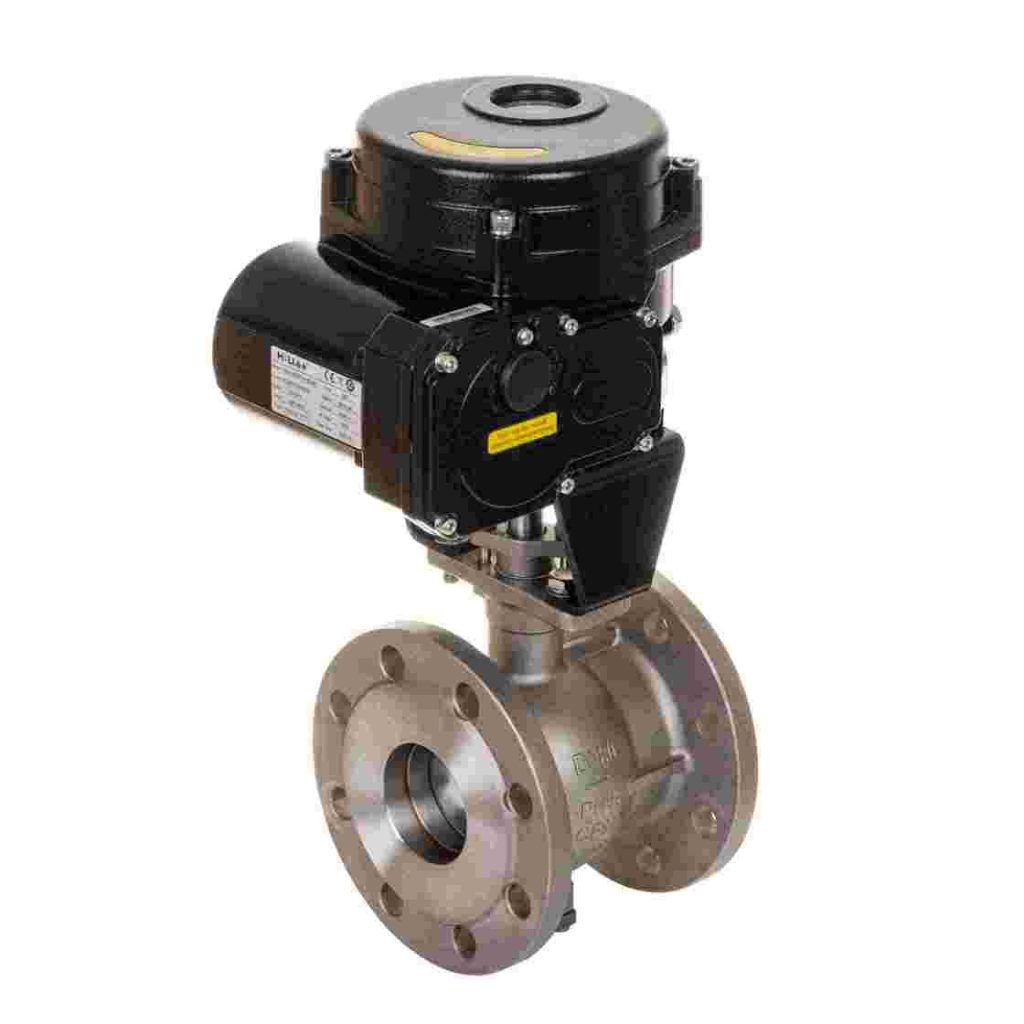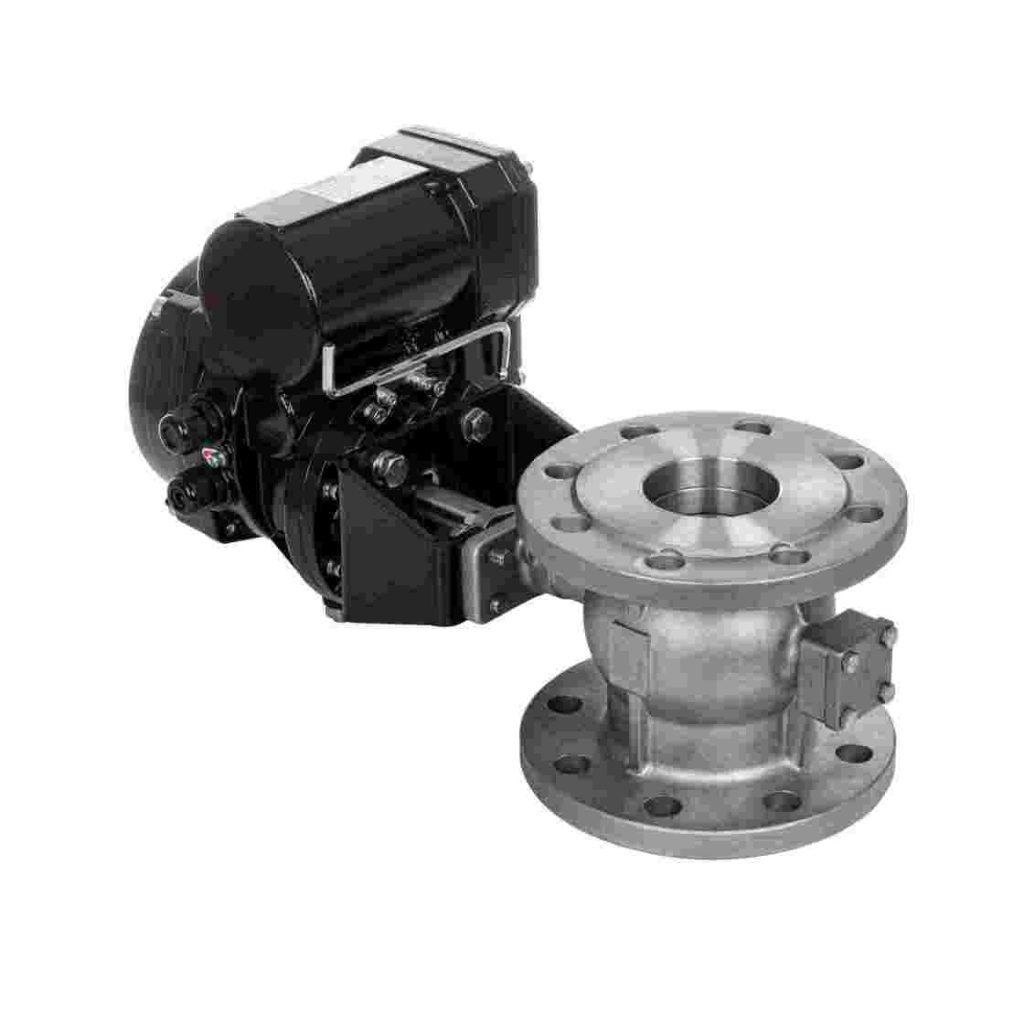Stainless steel electric ball valves are essential components in various industrial applications, known for their durability, corrosion resistance, and precise control of fluid flow. As the name suggests, these valves combine the versatility of a ball valve with an electric actuator, offering automated and efficient flow control. This article explores the features, working principles, applications, and advantages of stainless steel electric ball valves, shedding light on why they are an optimal choice for fluid control in numerous industries.

1. What is a Stainless Steel Electric Stainless Steel Ball Valve?

A stainless steel electric ball valve consists of three primary components: a stainless steel body, a ball element with a hole (or port), and an electric actuator. The valve operates by rotating the ball inside the valve body, either opening or closing the flow of fluid. The electric actuator, powered by an electric motor, controls this rotation based on control signals. The stainless steel construction ensures the valve can withstand harsh environments, including corrosive chemicals, high pressures, and elevated temperatures. 2. Key Features of Stainless Steel Electric Ball Valves Durability and Corrosion Resistance: The stainless steel construction of these valves provides excellent resistance to corrosion, making them ideal for use in aggressive environments where other materials might deteriorate. Stainless steel, particularly 304 or 316 grades, can resist the effects of water, steam, and many corrosive chemicals.
